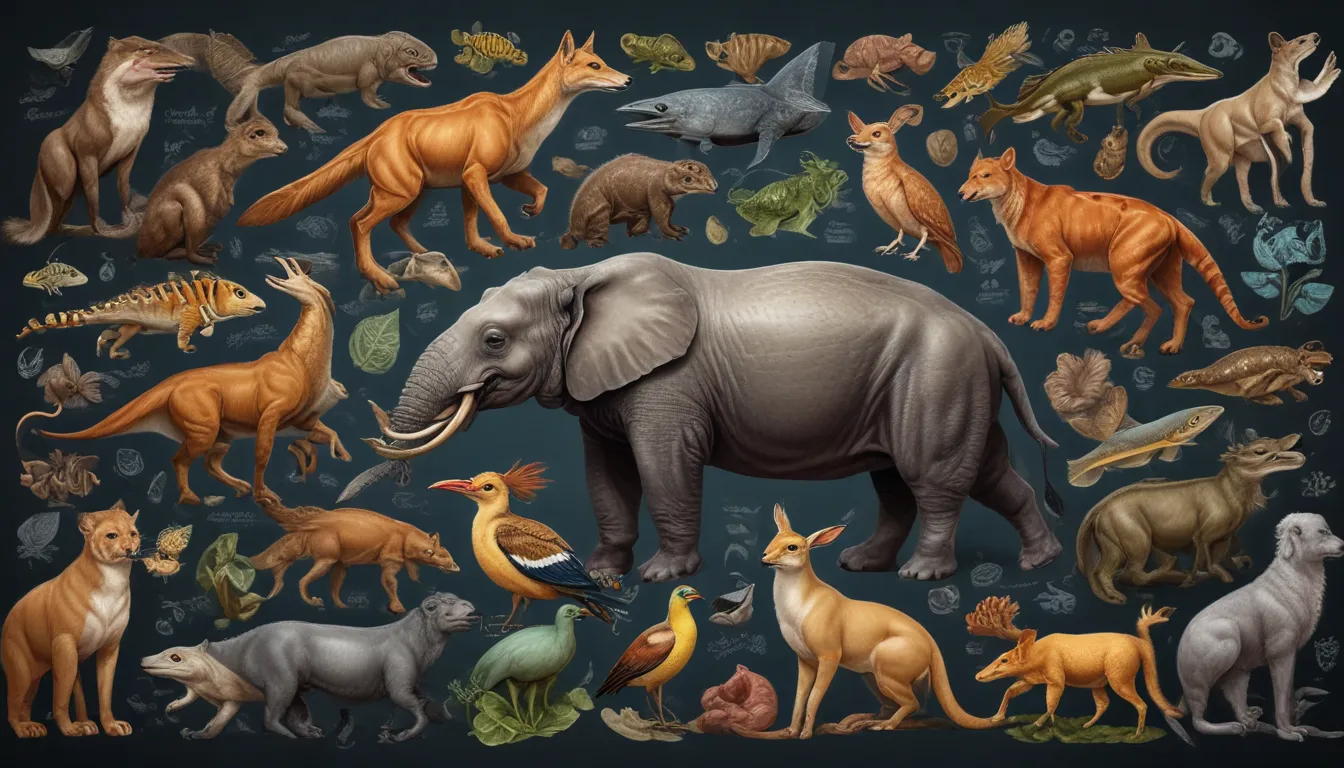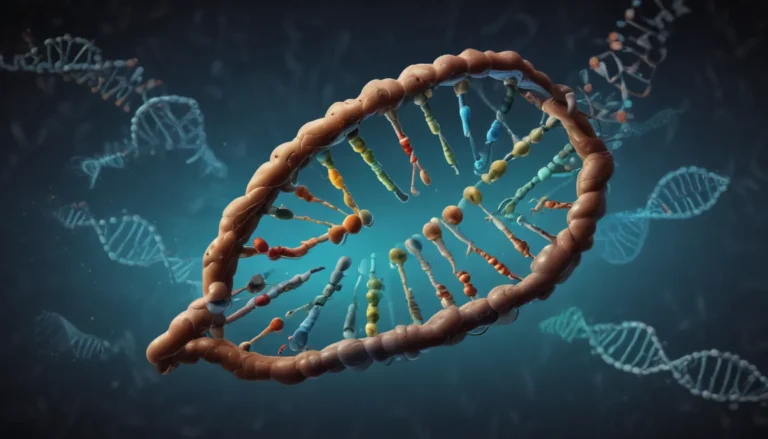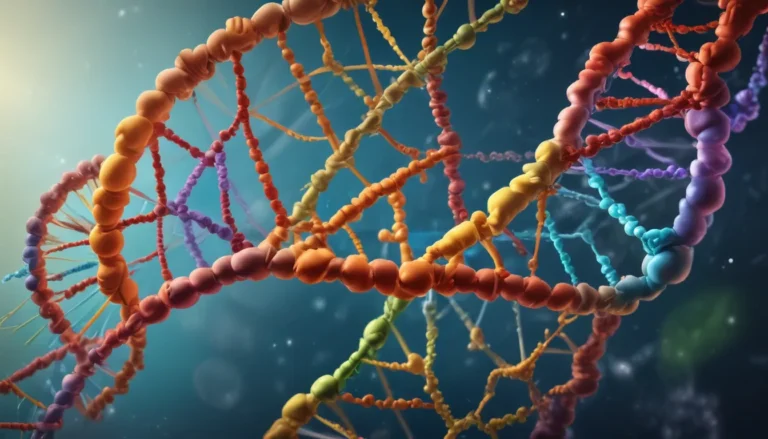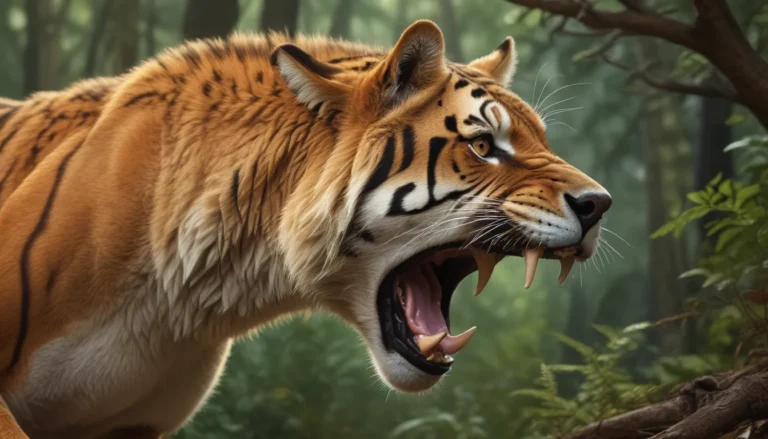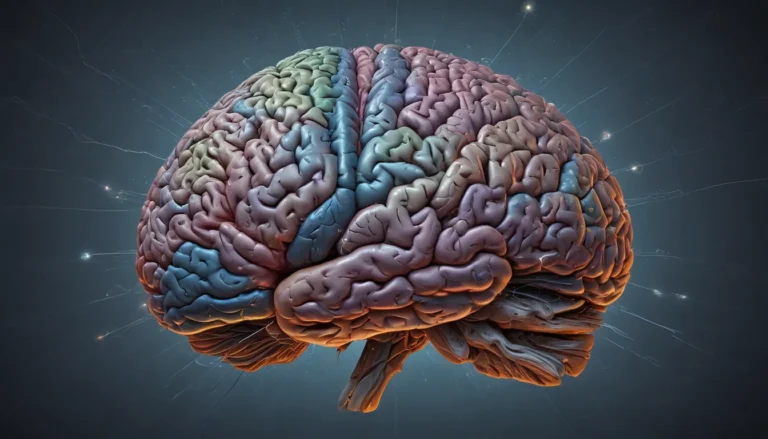A Note About Images: The images used in our articles are for illustration purposes only and may not exactly match the content. They are meant to engage readers, but the text should be relied upon for accurate information.
Welcome to the intriguing world of vertebrate taxonomy, where the classification and organization of animals with backbones come to life. This field of study not only sheds light on the diversity and evolutionary relationships among different species but also showcases the complexity and beauty of the animal kingdom. Whether you’re a biology enthusiast or simply curious about the natural world, buckle up as we dive into 14 mind-blowing facts about vertebrate taxonomy that will leave you amazed. Get ready to embark on a journey filled with incredible insights that will spark your curiosity and appreciation for the wonders of nature.
Understanding Vertebrate Taxonomy: A Gateway to the Animal Kingdom
- Vertebrate taxonomy plays a vital role in helping us comprehend the unique characteristics and evolutionary history of animals with backbones, including mammals, birds, reptiles, amphibians, and fish.
- Conservation efforts heavily rely on a deep understanding of vertebrate taxonomy to appreciate the remarkable diversity and magnificence of the natural world.
Unraveling the Mysteries of Vertebrate Taxonomy
- The Science Behind Vertebrate Taxonomy
-
Vertebrate taxonomy involves studying the physical traits, genetics, and evolutionary connections of animals to categorize them into distinct groups within the animal kingdom.
-
The Legacy of Carolus Linnaeus
-
In the 18th century, Carolus Linnaeus established a hierarchical system of classification, known as binomial nomenclature, that assigns a unique two-part scientific name to each species.
-
The Five Main Classes of Vertebrates
-
Vertebrates are categorized into five main classes: mammals, birds, reptiles, amphibians, and fish, each boasting distinct characteristics and adaptations that set them apart.
-
Remarkable Traits of Vertebrate Classes
- Mammals, distinguished by specialized mammary glands producing milk for nourishing young.
- Birds, the sole vertebrates adorned with feathers, vital for flight and body temperature regulation.
- Reptiles, ectothermic organisms relying on environmental factors to regulate body temperature.
- Amphibians, undergoing metamorphosis from aquatic larvae to terrestrial adults to thrive in both environments.
-
Fish, the most abundant vertebrates with over 30,000 known species, displaying diverse adaptations for aquatic life.
-
Diversity in Reproductive Strategies
- Vertebrates exhibit a wide array of reproductive methods, from fish laying numerous eggs to mammals giving birth to live offspring, showcasing the rich variety within the animal kingdom.
The Impact and Evolution of Vertebrate Taxonomy
- Significance for Conservation: Vertebrate taxonomy plays a crucial role in conservation efforts, aiding scientists in preserving habitats and safeguarding endangered species.
- DNA Sequencing Advancements: DNA sequencing has revolutionized vertebrate taxonomy, enabling scientists to refine classifications and gain insights into evolutionary relationships.
- The Constant Evolution of the Field: New species discoveries and technological advancements continuously expand our understanding of vertebrate taxonomy, keeping pace with the ever-changing natural world.
Embarking on an Enriching Exploration
- Unraveling Evolutionary History: Vertebrate taxonomy provides a foundation for decoding the evolutionary paths that have shaped life on Earth, shedding light on our origins.
- A Journey of Discovery: The study of vertebrate taxonomy paves the way for ongoing revelations and advancements, promising exciting discoveries in the future.
Conclusion: Celebrating the Wonders of Nature
Venturing through the captivating realm of vertebrate taxonomy reveals the intricate tapestry of life’s diversity and evolution. From Linnaeus’ classification system to modern molecular techniques, researchers have delved deep into the mysteries of vertebrate species. As we uncover 14 astonishing facts about vertebrate taxonomy, we are reminded of the marvels of the natural world. Let’s continue our exploration, embracing the vast complexity and splendor of the animal kingdom as we strive to protect and cherish the rich biodiversity that surrounds us.
Frequently Asked Questions
- What is vertebrate taxonomy?
-
Vertebrate taxonomy focuses on classifying and categorizing species with backbones, offering insights into their relationships and characteristics within the animal kingdom.
-
Why is taxonomy important in biology?
-
Taxonomy serves as a crucial framework for organizing and understanding life’s diversity, aiding in species identification, evolutionary studies, and conservation efforts.
-
How do scientists classify vertebrates?
-
Scientists classify vertebrates based on anatomical features, genetics, and evolutionary connections, creating a hierarchical system that categorizes species into specific groups.
-
What are unique vertebrate adaptations?
-
Vertebrates showcase diverse adaptations, from reptiles laying amniotic eggs to birds’ flight capabilities, illustrating their ability to thrive in various environments.
-
How does vertebrate taxonomy support conservation efforts?
- Vertebrate taxonomy enables scientists to make informed decisions on habitat preservation, management strategies, and protection of endangered species through understanding species diversity and distribution.
The journey into vertebrate taxonomy is just the beginning of a captivating exploration into the world of biological classification. Delve into ornithology to decipher the distinctions between ravens and crows, explore phylogenetics to uncover evolutionary relationships, and embrace systematics to grasp the principles of classifying living organisms. Keep your curiosity alive, and be amazed by the myriad wonders of life on Earth!
Lastly, our commitment to delivering credible and engaging content drives our dedication to providing authentic and trustworthy information. Each fact is contributed by real users like you, ensuring a diverse and insightful collection of knowledge. Explore and learn with confidence, knowing that our meticulous editorial process upholds the highest standards of accuracy and reliability. Trust in our pursuit of quality as you embark on your educational journey with us.
